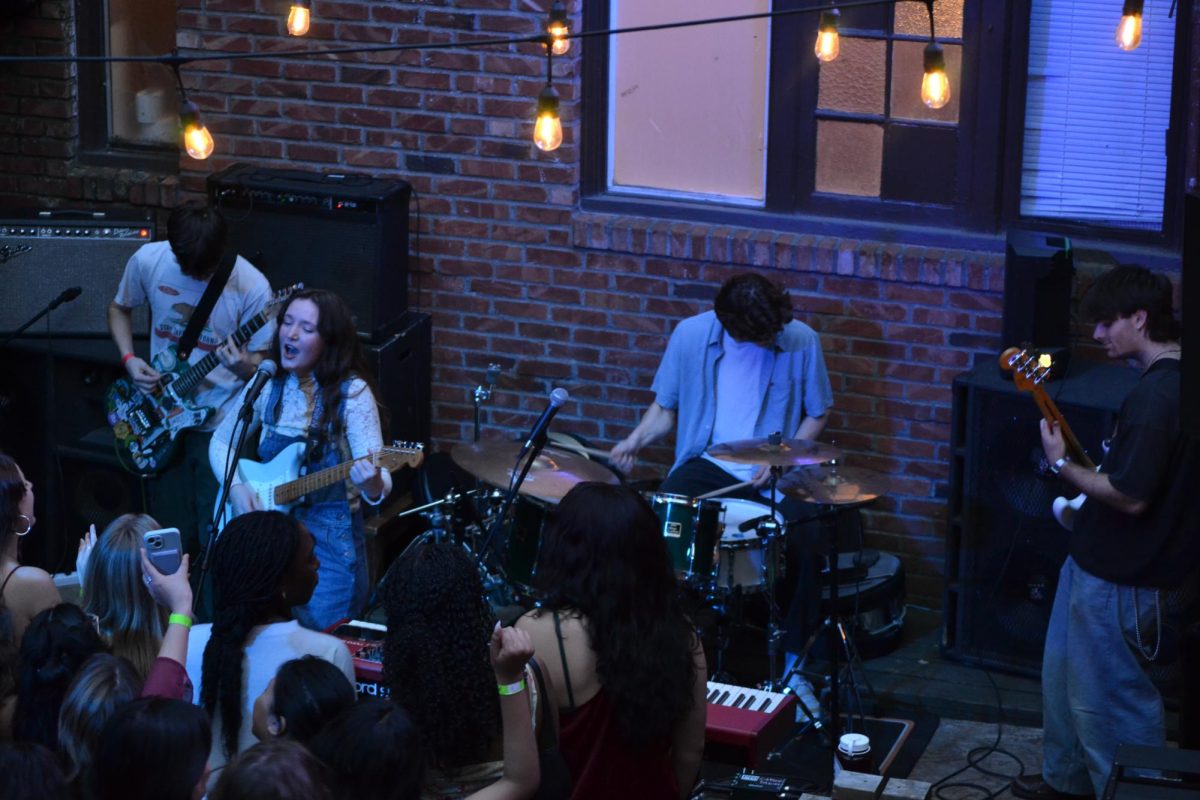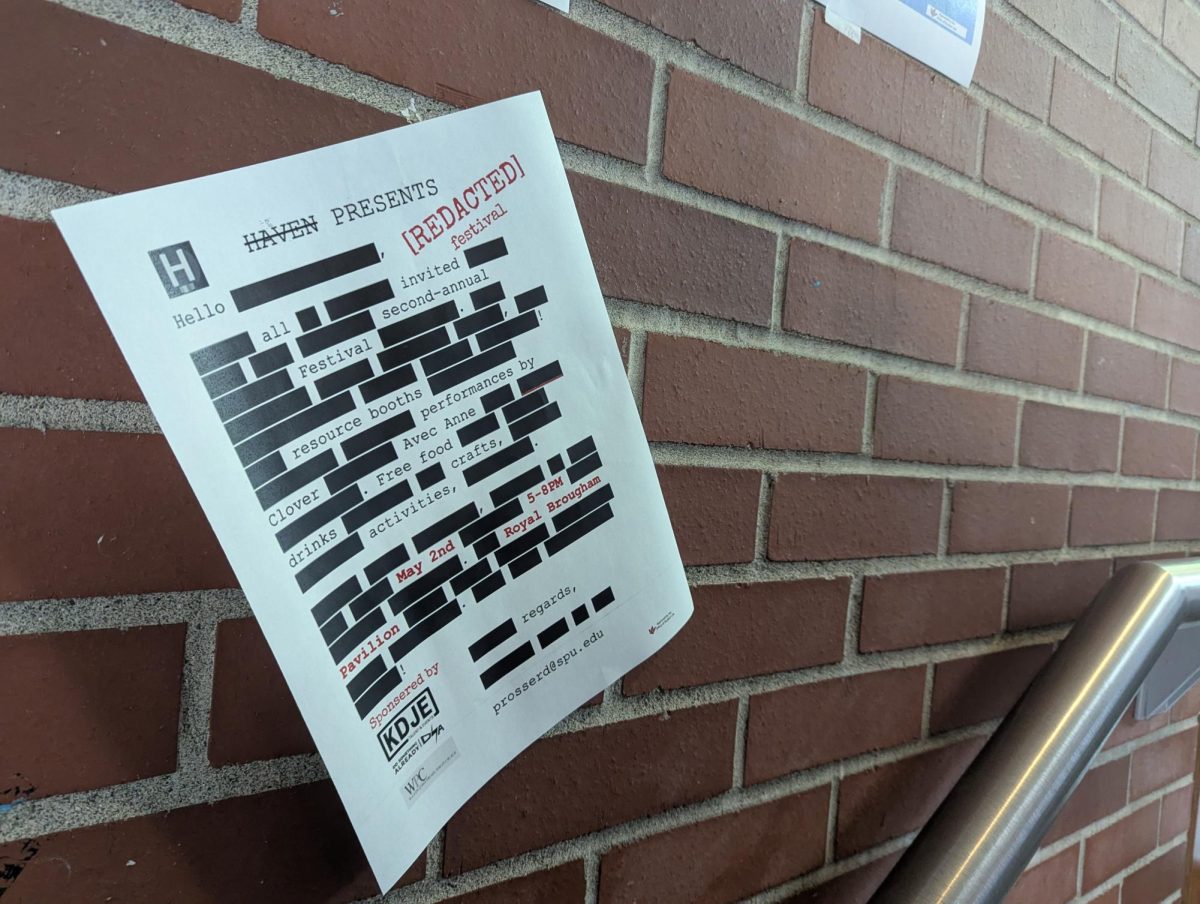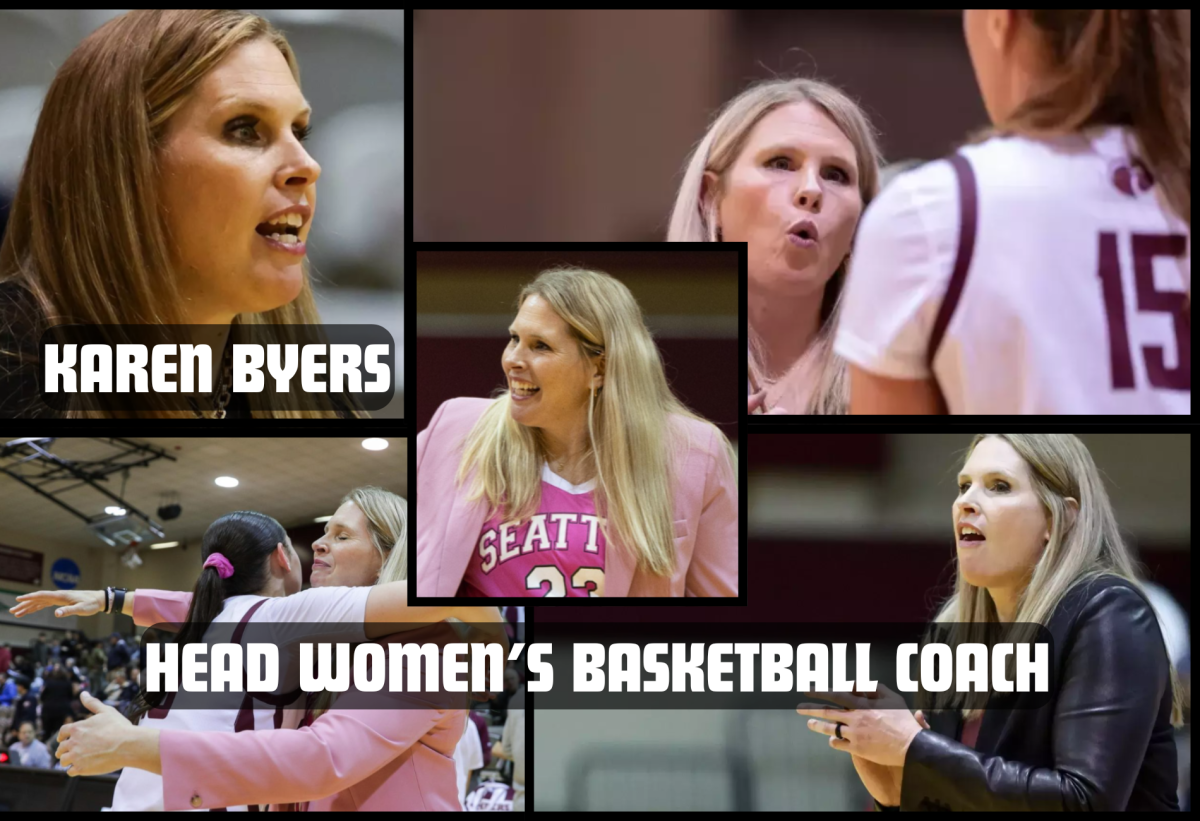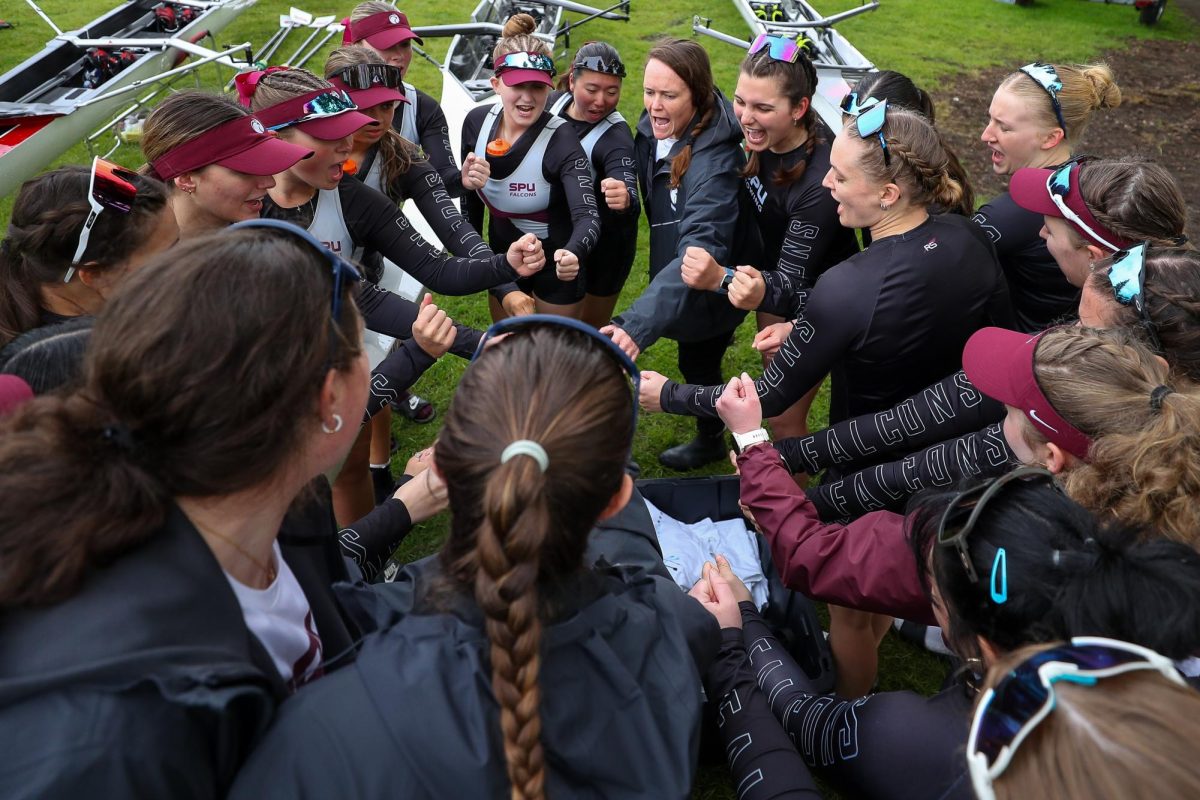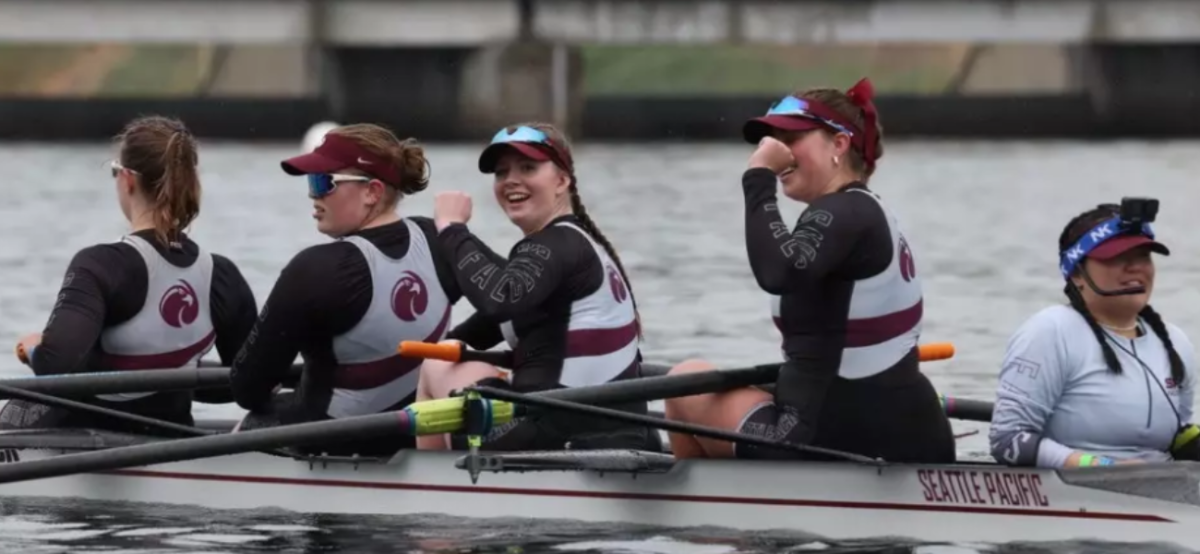In Oahu, Hawaii, Diani Martin’s high school was originally established as an all-boys school in 1887. The school did not open its doors to girls until 1894, and did not officially become co-ed until 1965.
Coming to SPU, which has a larger female population, she was not very concerned with the ratio gap.
“I wasn’t surprised because I’m used to it coming from my high school when there were more girls than guys. This wouldn’t have affected my decision in coming here though,” Martin said.
On the Seattle Pacific University website, it is posted that the campus is 67 percent female and 33 percent male. While some students do not think this affects their experience on campus very much, there are others who want to see a change.
In her opinion, Martin said, “I think [the ratio] makes a bad difference in the community because you can’t make connections with the other gender because of the unbalanced ratio.”
From different conversations around campus, when talking about the ratio, the topic of dating makes an appearance from time to time.
For first-year Kaytlin Tan, also from Oahu, the gender ratio at SPU does not affect her relationship status much because she has “no intentions to start dating” until after finishing school.
“As someone who has been homeschooled since fourth grade, I don’t really have much to compare it to so it doesn’t really bother me,” she said.
She does believe that “the dating world at SPU is nonexistent.”
Because of this, she said, students can be more academically focused, but that they “will lose exposure to the diversity of the real world.”
“It would be good for SPU to appeal to home-schooled students since this would be a good transition for them,” Tan said.
Martin hopes that SPU will try to change the gender gap, but she is aware that the lack of male students is due to the limited amount of sports appealing to men. She also notes that SPU should “focus on advertising at other schools” because she did not see any booths set up at her high school.
Unlike Martin and Tan, however, third-year Justin Palaganas was baffled to see the gap in genders despite seeing the numbers on SPU’s website.
“From what I’ve seen, it seems the males go along with the flow. They don’t seem to be bothered by it and I feel like they interact with females more,” Palaganas said. “Back at home, people seem more hesitant but here more people are more open to talk to each other.”
But for heterosexual females at SPU, the gender ratio is vastly unbalanced. Many female students find it hard to find male companions, but for hetereosexual males, it is a different situation because their dating pool is bigger.
“It’s easier in the social aspect but it’s harder for girls to find potential soulmates since they don’t have a lot of variances,” Palaganas said.
Then there are students who do not consider themselves part of the male-female ratio.
They feel they are not even represented.
One such student is second-year Arie Martinet, who notes that “non-binary identity isn’t acknowledged by SPU” because “it’s widely purported as a campus with a 7-3 female-male ratio” and it “deliberately excludes non-binary students.”
“I think SPU doesn’t see me, and until I see information otherwise, I’m going to assume SPU doesn’t care about non-binary people like me,” Martinet said. “Even looking at SPU’s current human sexuality statement, it’s clear that while SPU is desperate for ‘diversity,’ upper administration and all representation of individuals at SPU isn’t going to include queer individuals.
“The gender ratio makes a decisive effort to effectively erase trans and non-binary identities at SPU, and is ultimately not representative of SPU’s demographic at all.”
For Martinet, it is difficult for non binary students to exist in cisgender people’s eyes because they use the “they” and “them” pronouns and have to constantly remind people of their pronouns, sometimes also explaining what non-binary means.
“By erasing my identity in campus data, SPU is putting the burden of proof on me to prove that I exist and still exist as non-binary with the people I interact with,” Martinet adds.
Although the dating world at SPU does not affect Martinet, they mention that the queer people they know “rely on online dating to widen the pool of potential romantic interests” and to also “avoid coming out to queerphobic individuals in the search for a romantic partner.”
For the potential students that may come in the future, Martinet says that the school should acknowledge there are more gender identities than just female and male by including these identities when representing SPU.
“By acknowledging these students’ existence will help make admissions more appealing because SPU will no longer appear as closed-minded as the human sexuality statement and strict gender ratio has made it seem, and SPU will feel like a safer environment for both queer and non-queer students alike,” Martinet said.


















